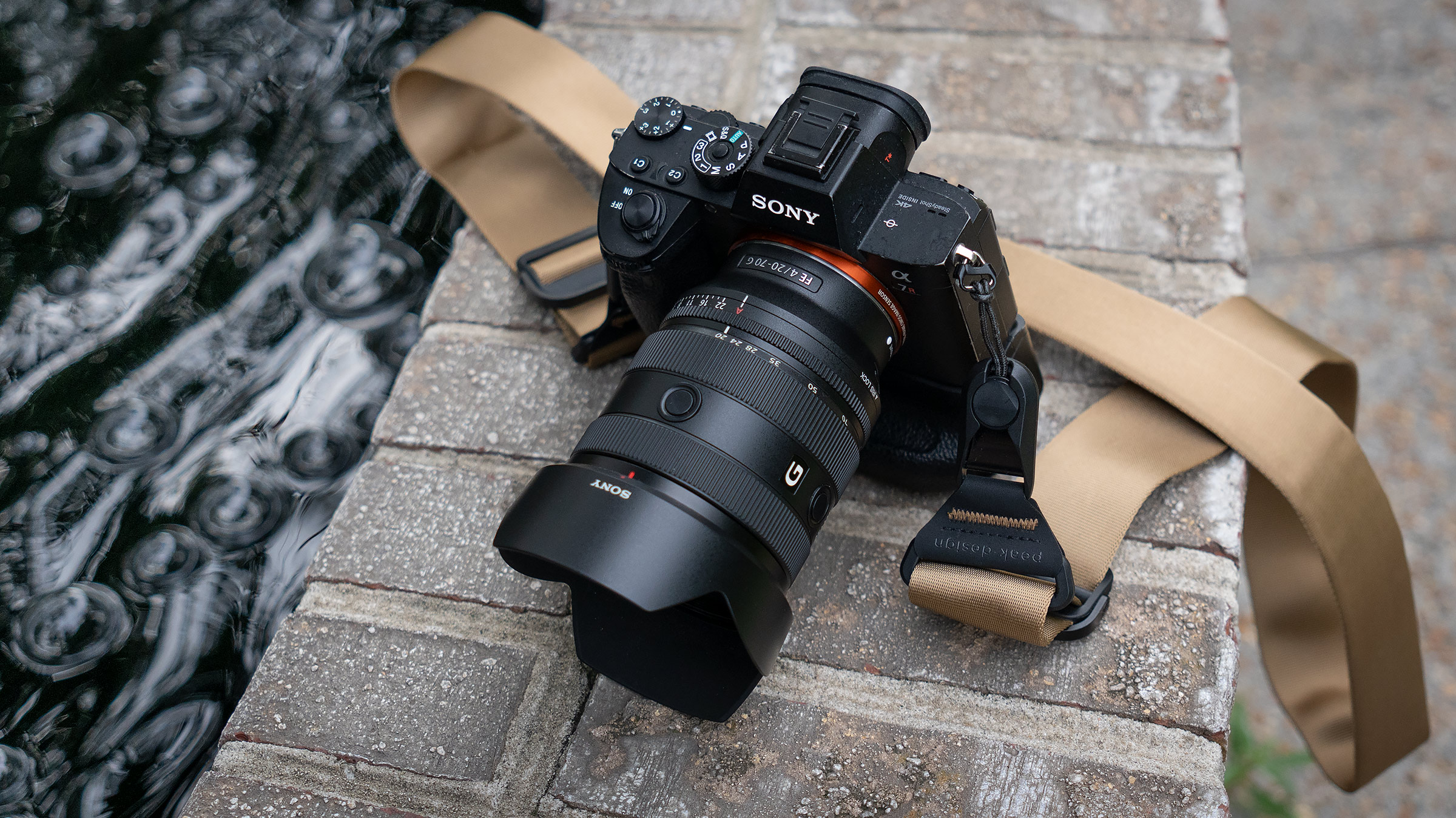I’ll admit that I’m a create of habit when it comes to camera straps. About 12 years ago, I bought a Blackrapid strap (compared with the Sunsniper, here), and I’ve used it on all of my cameras ever since, and I’ve learned to live with its annoyances. When Peak Design suggested that I try out some of their straps, though, I thought that perhaps I’d found something worth switching to, so I got a Slide and a Slight Light to review, and started testing them out. I’ve now been using them for a few months, having carried them across the country and in various national parks, and I have a good feel for them. Here’s what I like and don’t like.
The Basics
The body of the Peak Design Slide and Slide Light straps are made of some serious strap material; like many ThinkTank bag straps, it feels exactly like a car seat-belt (in fact, when I was a kid, my family had an old 1980 Chevy Citation, and these seem like the same material and color). I’d trust this stuff with my life.

Peak Design’s quick connectors, on the other hand, have never inspired much confidence in me, though I’ve never heard any complaints about them from real-world use. On the camera-side, each quick connector is made of a thin, wiry string connected to a plastic disc which can be connected directly to a camera’s strap loop or an included mounting plate that can be screwed into the tripod mounting threads. Though I’ve been skeptical of them in the past, now that I’ve spend some time with them, they seem very robust and I’m not worried at all (Peak Design claims that they can hold over 200 pounds of weight).
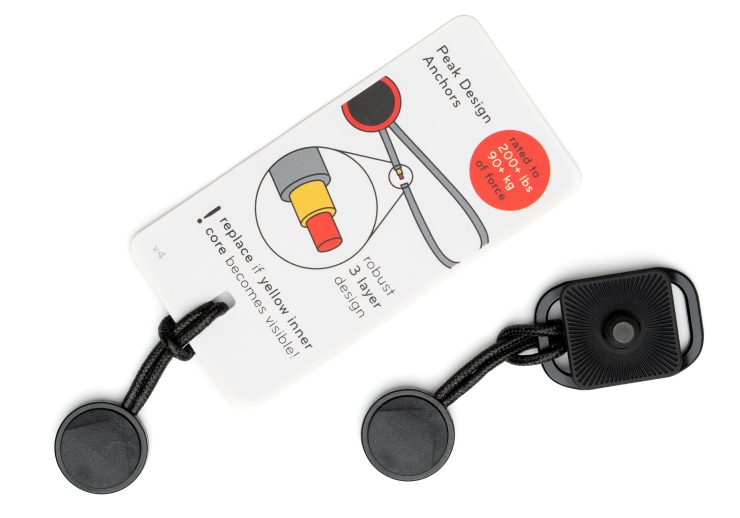
On the strap side, each end of the strap has a funneled slot for the plastic disk to slide in and lock. The system is simple and secure, though it would probably be harder to use than a carabiner-style clip if I were wearing heavy gloves (at least, to disconnect).
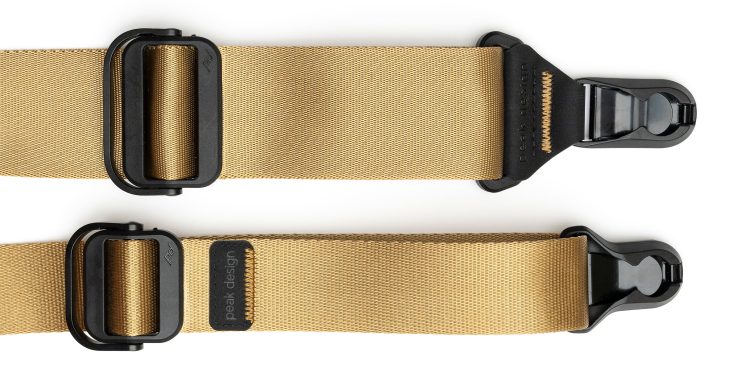
The Slide strap is 45mm wide throughout its entire length, and the Slide Light is a narrower 32mm. Neither strap has any heavy padding, but Slide has a central section (about a foot long) that contains some thin, dense padding (about 2mm) inside of the strap’s webbing that helps distribute the camera’s weight over a larger area.
The strap length is easily adjusted by flipping up an arched lever on the main buckles, which frees them to slide around. The buckles can be locked by pressing the lever back down in either direction (towards the center of the strap or towards the end of the strap).
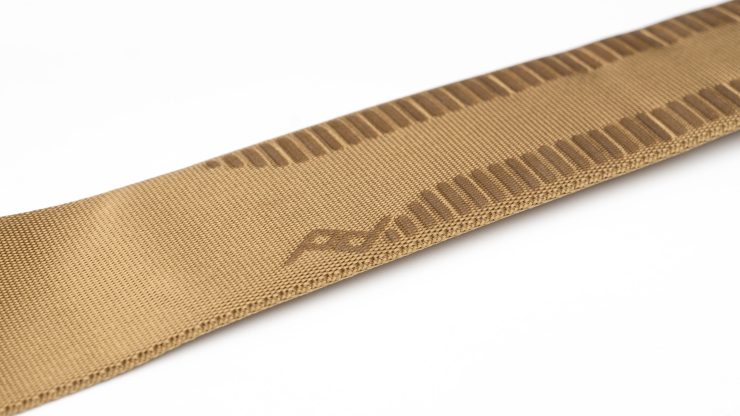
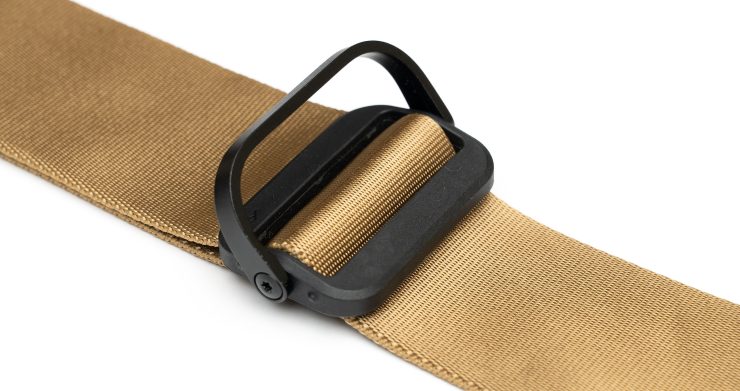
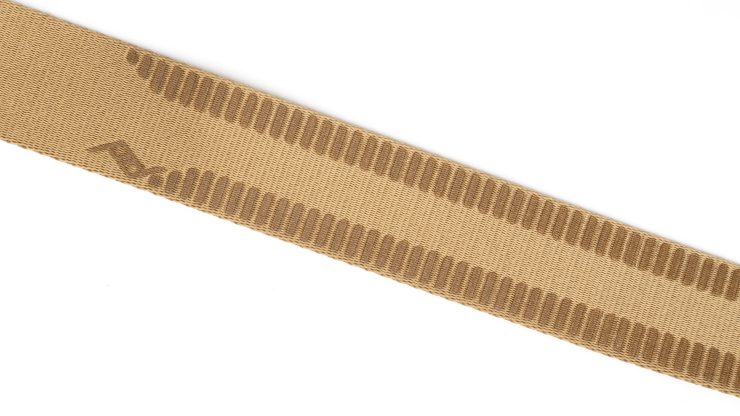
As you can see in the photos above, the center of the strap has a pattern of grippy rubber applied on one side. Oddly enough, it’s applied to the same side that has the strap buckles, which I would have otherwise considered to be the top. For me, this is a benefit: since I wear my strap cross-body most of the time, I prefer to not have a grippy texture on the strap when I pull the camera up to my eye.
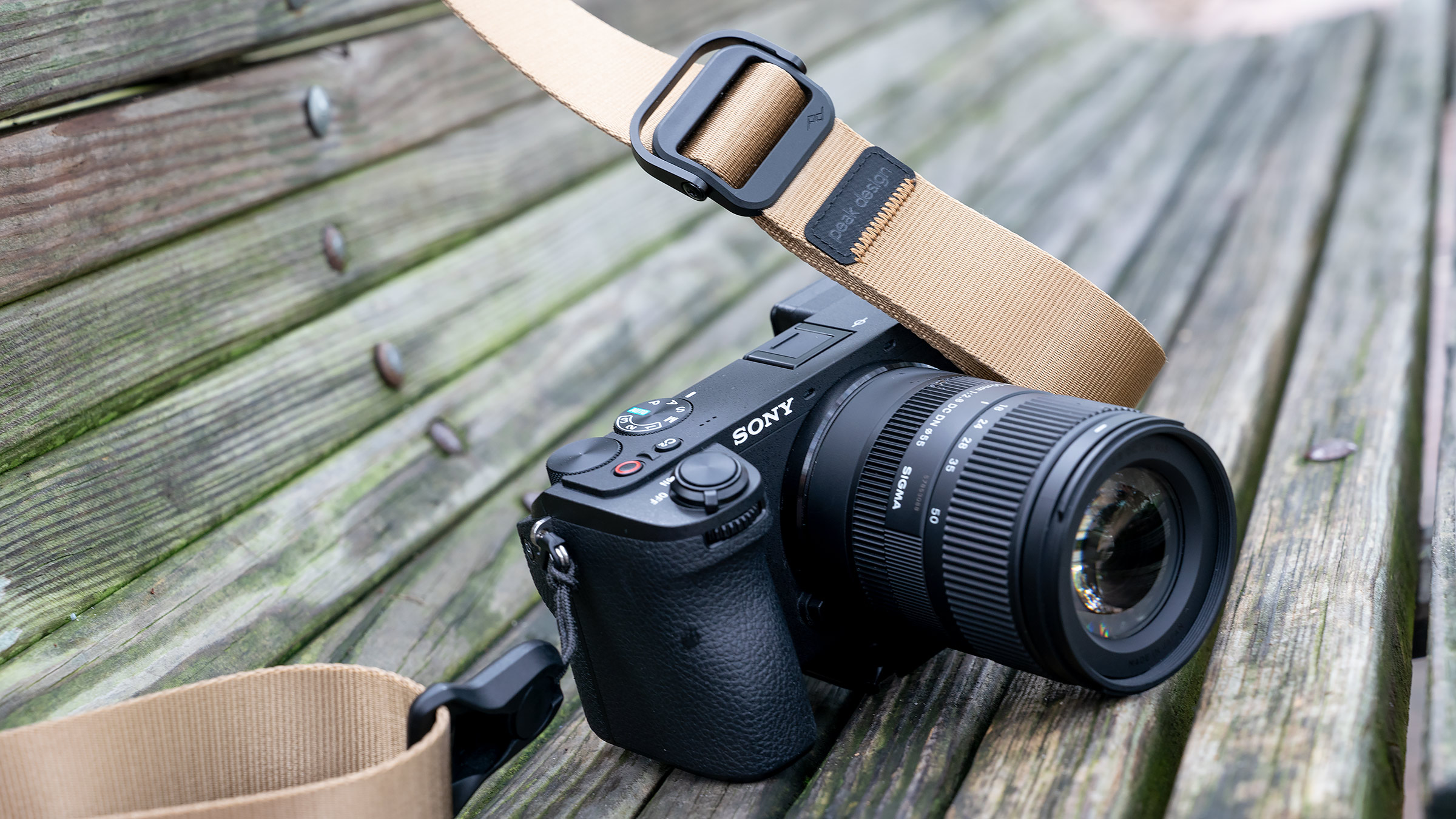
Real World Use: How Does it Work?
Over the past few months, I’ve been getting used to the Peak Design straps, and at this point, I think that I have a pretty good feel for them. I’ve carried them from coast to coast in the US, through three national parks and a couple of major cities.
If you like a traditional-style camera strap, it’s hard to get much better than the Peak Design Slide straps. As I’ve mentioned, they are overbuilt in terms of strength. They will never break, but then, I’ve never heard of anyone breaking a camera strap of any sort.
The design of the straps is clever: the smooth nylon of the straps glides easily over your shoulder when you pull the camera up to your eye, but for those times when you want your camera not to slide around so much, you can flip the strap over and there’s also a grippy side (on what I’d consider the top of the strap).
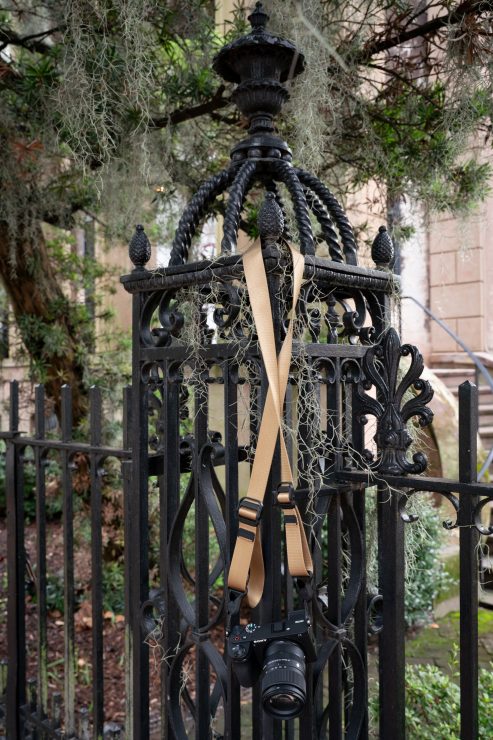
For well over a decade, I’ve been accustomed to using a strap that connects to the camera using the tripod mount, and although that is an option with the Peak Designs, I’ve been using the straps normally, and it has been eye opening to realize just how much my old camera strap was subtly influencing me to avoid using a tripod. I’ve never thought that a camera strap could actually improve my photography, but this might be one way in which it can: the combination of the open tripod mount and the ease of the quick releases make using a tripod quick and easy.
The strap is long enough and easily adjustable that the strap can be worn as a cross-body shoulder strap (my preference) or a neck strap, and it can be switched from one to the other in a matter of seconds.
Otherwise, the straps are comfortable enough. They’re not really padded, and any strap of a similar width will feel similar, but they’re well sized for the types of cameras for which they’re intended, and the central reinforcement on the Slide strap does perhaps help distribute weight a little more evenly.
And the color? Coyote is a warm tan. If that’s what you like, it’s a great option, and Peak Design has recently released a variety of packs and equipment in the Coyote colorway, so your strap won’t be out of place.
I can’t think of any real complaints. These are great straps. My one complaint, perhaps, would be the price…
Value and Alternatives
The Peak Design Slide strap costs about $70, which is not cheap, but these days, it’s also not too bad. There are countless other straps out there on the market that are well-made and have similar features for half the price or less… the K&F Concepts straps come to mind… but none of the cheap straps quite match the Slide. And of course, there are also copy-cat straps of dubious quality from no-name companies (Pgytech seems to be the main offender here), but they’re not cheap enough for the risk, even for me.
Conclusion
Conclusion. The Peak Design Slide straps are high quality, functional, and flexible, at a modestly high but not excessive price.
Peak Design straps can also be purchased directly from their website, along with their other popular gear: Peak Design Website
[Although most links in this article to external websites are affiliate links, we never accept payment or goods in exchange for positive reviews: all of our reviews reflect our honest opinions. Buying through these links helps support this website and additional honest reviews].
